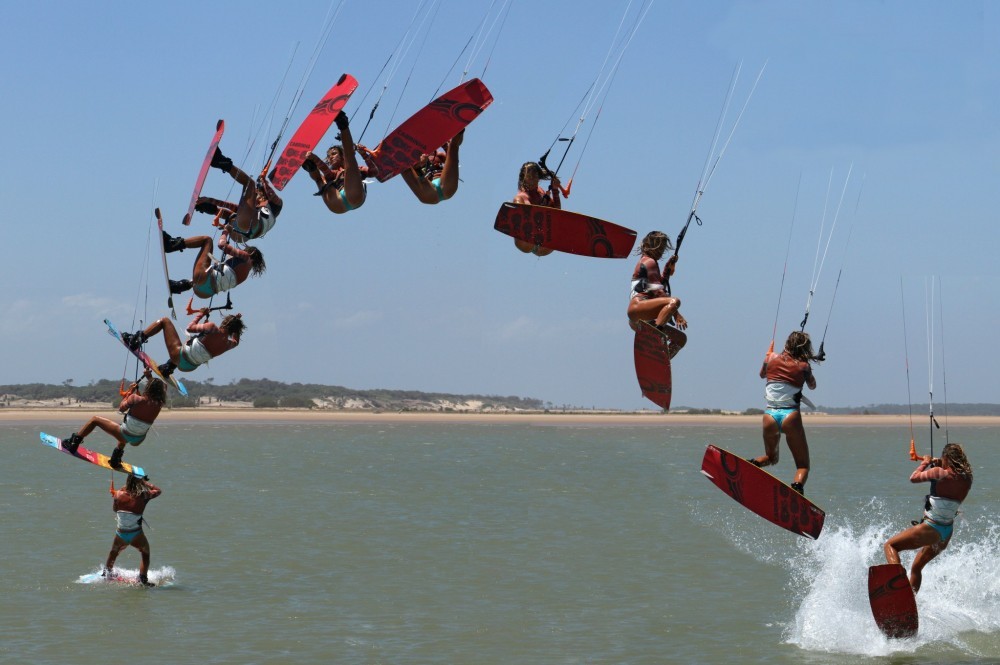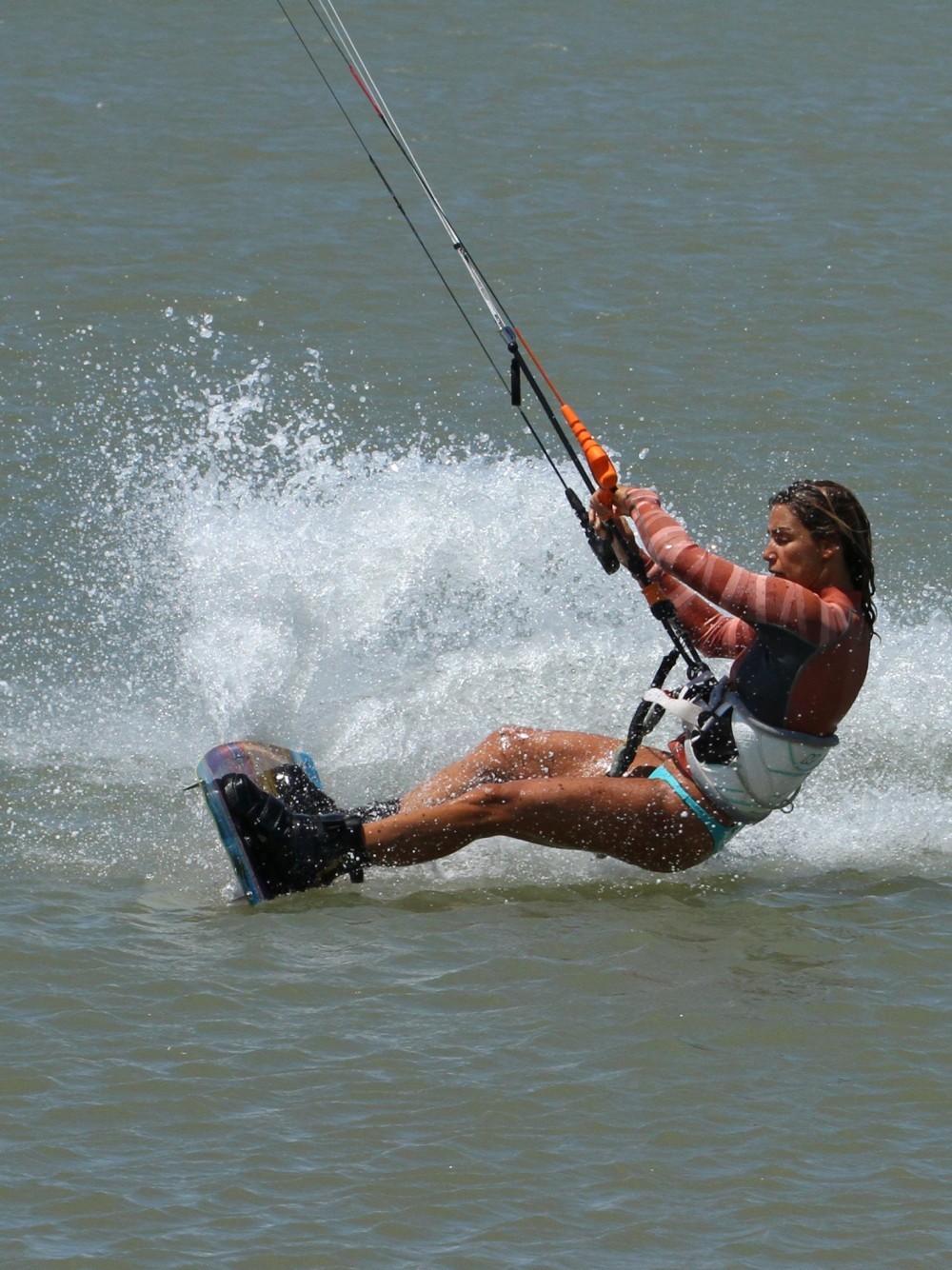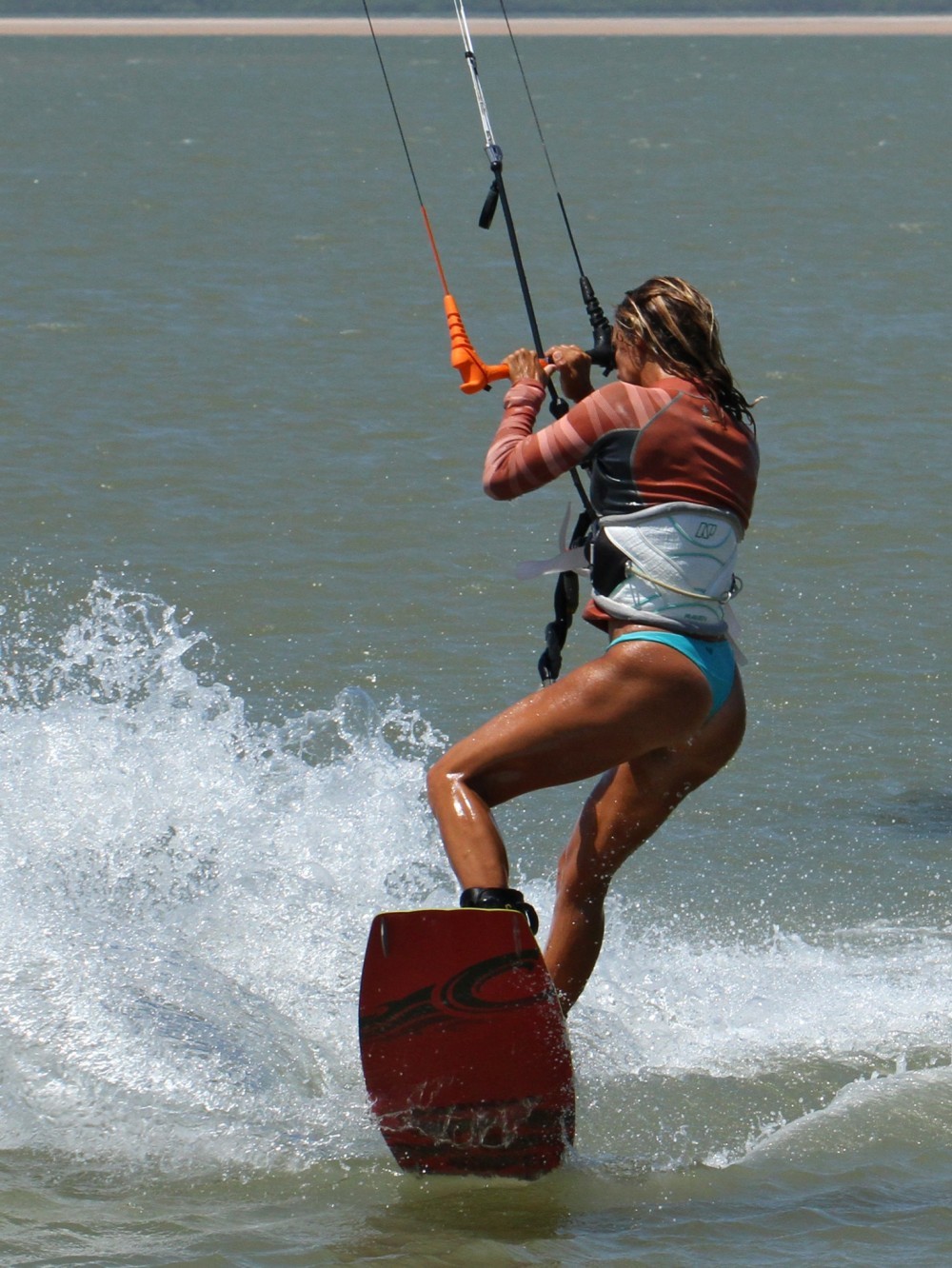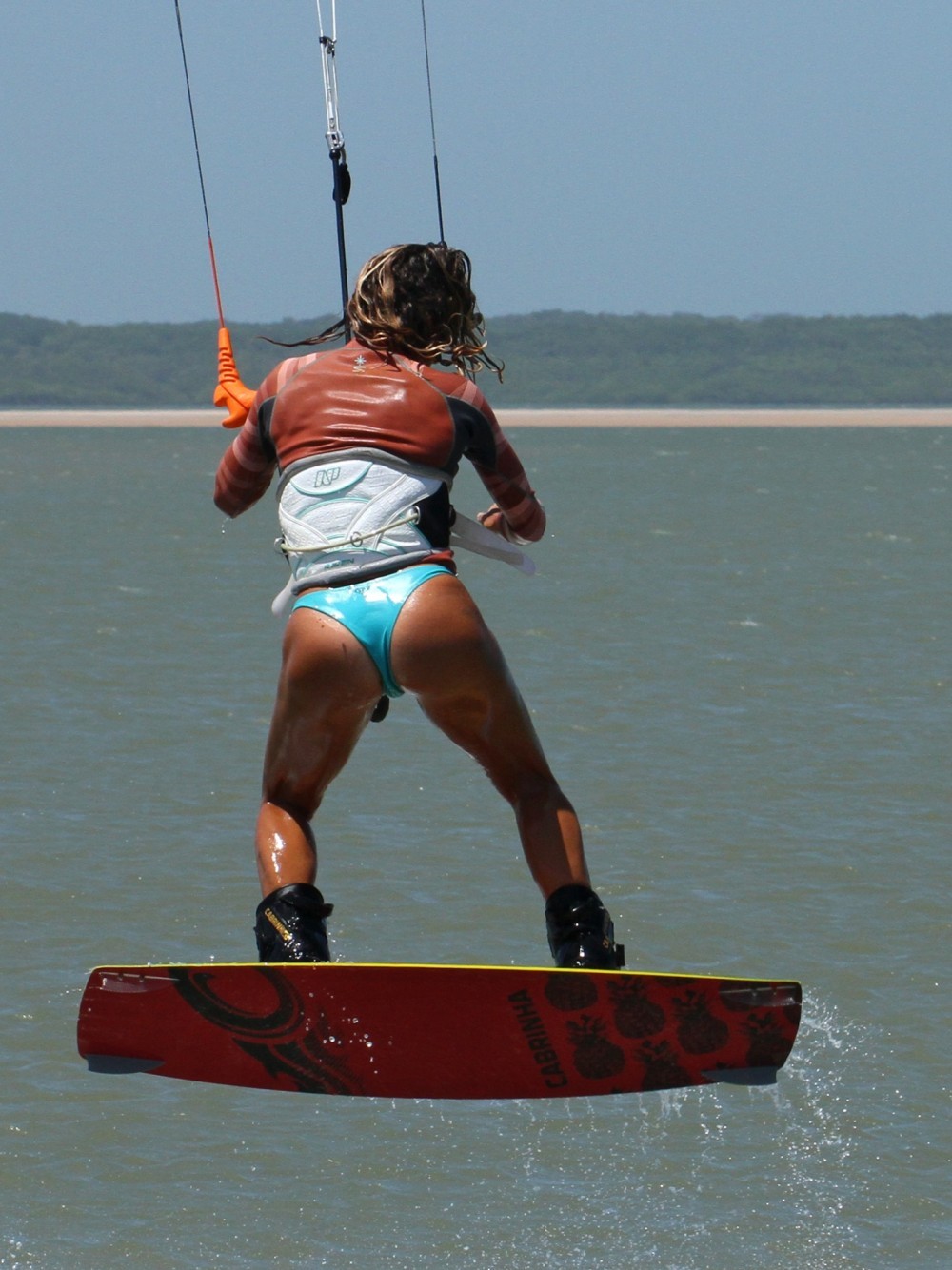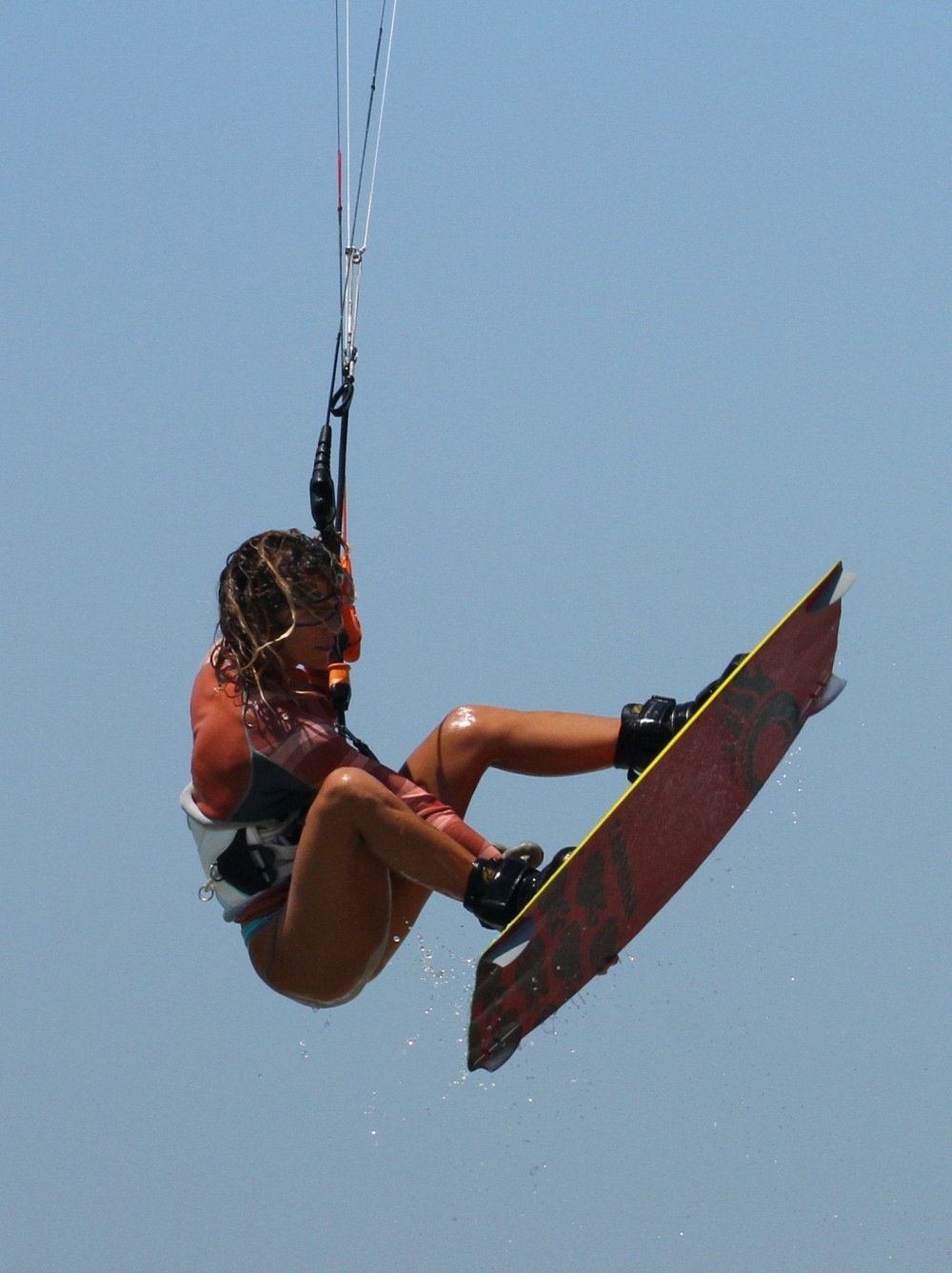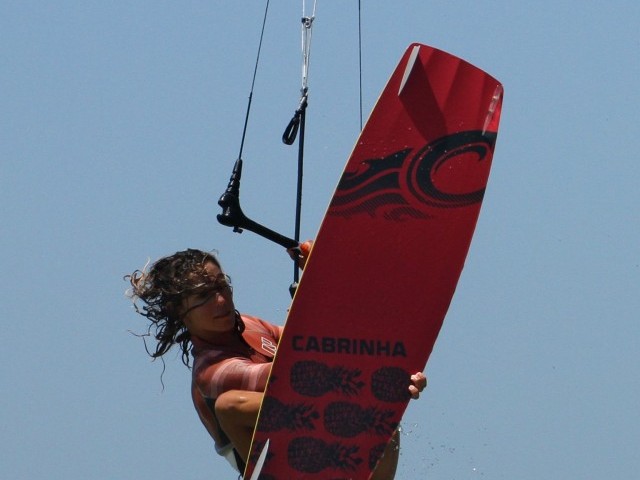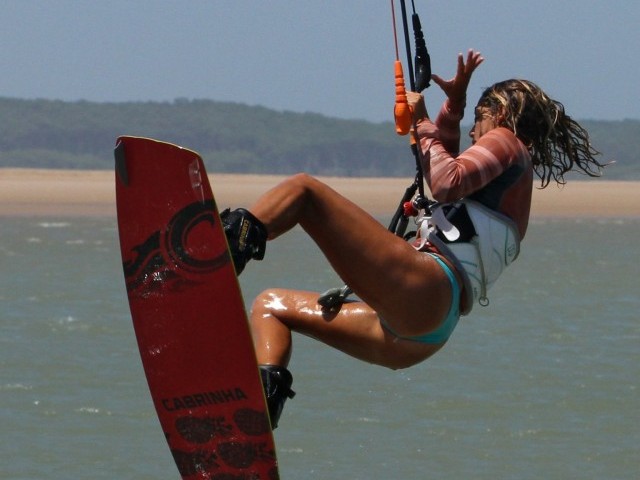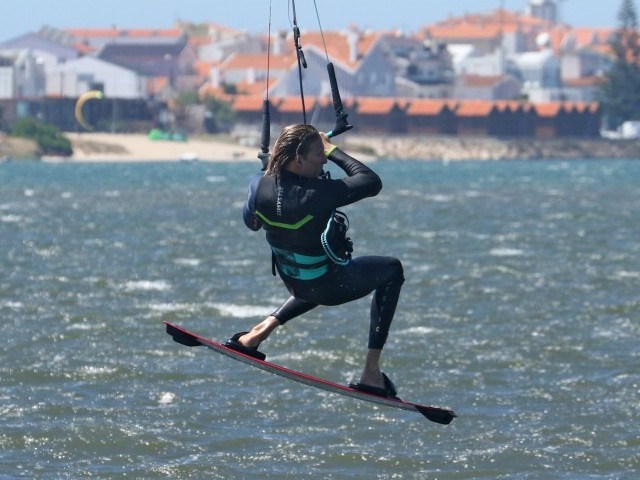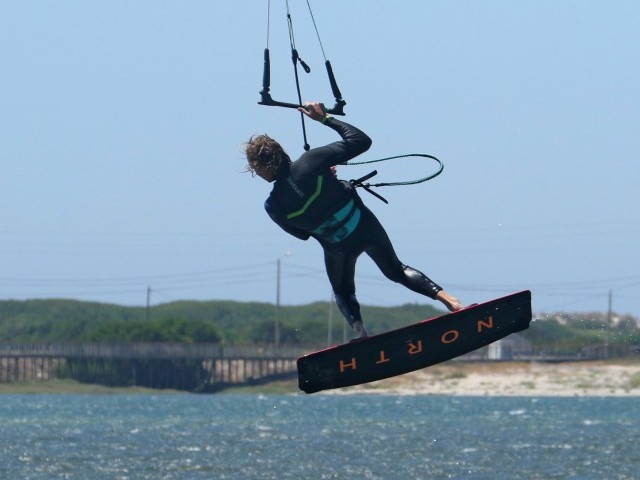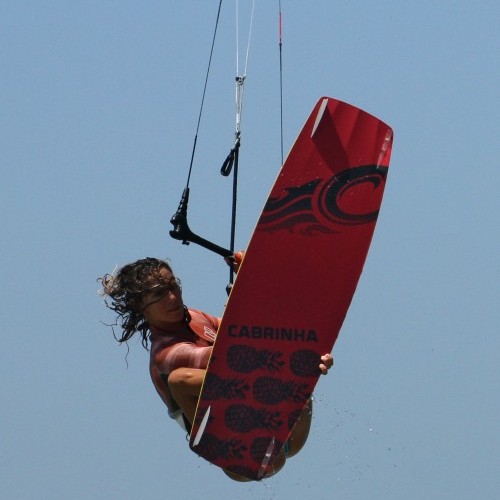
Roast Beef Front Loop
Technique / Intermediate
Introduction
In our constant quest to spice moves up as best we can, which is quite fitting as we sit and write this from Sri Lanka, it’s high time to mix the best of British with the ever-pleasing sent front loop, or roll if you prefer. And yes that’ll be our quintessential Sunday dinner, the Roast Beef grab.
In case you’re not sure of the Roast Beef grab, it’s the back hand grabbing your heel side edge, just in front of your back foot with your arm reaching down through your legs. We often mention that what makes these grabs tricky is adding the required body position to a move that you’re so used to doing in a particular subconscious way, so part of these moves is doing them consciously, and here is no different. If you throw yourself into your usual rotation you won’t reach the grab.
So let’s have a look at the bits that should hopefully make this more manageable.
The Jump Pic A
You want some height, you want the kite to be in the right place and you want to feel in control, therefore not flying down wind at Mach 10. This all stems from the take off, so give it both thought and effort. To get both height and float you’ll need two things, a solid edge and a decent send. Your kite doesn’t want to be any higher than 1 or 11 o’clock, otherwise you won’t have a good edge. However, beware not to have it too low, as you need to be able to hold your edge whilst the kite moves, so the bigger the kite, the higher you’ll start it. Give the kite a good send back past twelve whilst edging with as much edge in the water as you can. If you give the kite a good send back, it’ll be easier to control the kite one handed as you rotate. Think about it, if the kite is too far back you can always pull it forward, whereas if the kite pulls you forward you have no way of countering it. This should require some effort and looking pretty won’t help - grin and bear it. That said for this grab you don’t want the kite to go too far back either, so make sure you level the bar before kicking off. You can see that Karine is edging like a trooper, bum low, board pushed away from her, plenty of spray and she’s given the kite a good send with her hands centred on the bar. If she holds her edge up to the off she’ll go more up and less along.
The Take Off Pic B
This is your only opportunity to initiate your front rotation, and due to the forthcoming grab it will be slightly different from your default kick off. Firstly, the similarities: once you’ve given the kite a good send you’ll want to level the bar to stop the kite flying any further back in the window so that you have room behind the bar to go for the grab. You’ll also need to kick off against your edge with your back foot to get the rotation going. As you kick off you’ll bring your front knee up and out of the way which will also help you rotate. Looking at Karine we can tick all these boxes. However, she has not thrown her head and shoulders forward and down towards the nose of the board as per normal. If we move on to the next pic more will be revealed…
The Crux Pic C
And here are the differences. Most of you who can front loop well, probably don’t turn your head for your rotation until the end. This is something we adopt and learn in order to slow down our rotation as we jump higher. However, for this front loop with the roast beef grab you’ll need to use your head. The reason is simple; you won’t be using your shoulders. Normally when you kick, you kick yourself forwards towards the nose of the board, thus dropping the front shoulder, which gives you enough inertia to rotate slowly. However, even though this method will work brilliantly for a tail grab, here it just won’t cut the mustard. Looking in the photo you can see Karine is actually leaning her shoulders back, whilst tilting her head back towards her trailing shoulder. This upper body movement is essential to reaching and making the grab. If she were to throw her shoulders down, the board will end up too far away. This leaning back will potentially stall your loop, so you must at least throw your head into it by looking back. The other difference is the back leg; Karine is already lifting it as she needs to get it close enough before she rotates. Normally it would be extended from the kick, but here it’s lifting towards the grab. You can see that with the back leg a bit higher she will be able to reach with her already freed back hand!
Sunday Dinner Pic D
It’s pretty obvious from this photo why the head and shoulders need to be leaning back and the back leg lifted to reach through for the Roast Beef. Looking at Karine’s position as she reaches the grab, her head and shoulders are back over her back knee and as such she is both near the board and behind the bar, nothing in the way. Make sure that even though you’re focused on the grab, you still keep the bar in on the sweet spot for support and float.
The Tweak Pic E
Once you’ve got the grab you can work it. Hold tight with your hand, pull the board and your back knee in close and push your front leg out into a boned position. You will be rotating slowly, and the main advantage is that you can hold this long enough for all the grannies on the sea wall to admire. It’s also worth pondering that you need to keep looking over your back shoulder in order to keep the rotation going. It may be tempting to pull on the bar to get yourself around but we’d strongly discourage this as adding an unintentional downloop won’t make the landing anymore comfortable...
Landing Pic F
Main point of interest here is where Karine is looking. You’d often come out of a front loop looking forwards, but here she’s still looking over her back shoulder to make sure she comes all the way around. Once you spot the water it’s time to get on the gas and dive the kite. This will help pull you the rest of the way around for a downwind landing, and it will also help pull you back up over the board from the laid back position which the Roast Beef requires. The bar is still on the sweet spot and Karine is reaching up with her back hand which lifts her forward as well.
Top Tips
Relearning your front loop take off to fit this grab is key, so there is no better place to start than trying a bag full of fronts with your shoulders and head tilted back rather than forward. The good thing is that you can always see where you want to grab, so even if you’re not taking a hand off you’ll get an idea if the body to board positioning is getting better.
You’ll have more space to lean back and reach between your legs if the kite doesn’t fly too far back on take off. So making sure that you level the bar as you initiate the front rotation is crucial to your success.
Now have a look at the sequence and videos for the true story in step-by-step, real time and slow mo.
Common Problems
Not reaching the grab. We’ve covered this pretty extensively, but you can’t roll down into your rotation as you normally would for no grab or a tail grab. If the board is miles away concentrate on keeping the shoulders back and levelling the bar early so you’re over the back foot and have room to move.
Not rotating enough. This is the classic, especially if you make the grab. Resulting from not having the head and shoulders down, but we can’t change that. It’s likely that you’re not kicking off as hard as you usually would because you’re focused on getting the back leg up quickly, so make sure you give it plenty of beans when you stamp and really look back over your shoulder to turn the head aggressively.
Landing on your backside or very tail-heavy. This will be a result of not diving the kite hard enough. You need to be pulled back upright so a decent dive from the sweet spot will work wonders.
Keystones
- Good edge and send
- Level bar early
- Kick hard and turn head back
- Shoulders and head leaning back, lift back leg to hand for grab
- Hefty dive to pull you upright
This technique article was in Issue 57 of IKSURFMAG.
Related
By Christian and Karine
Christian and Karine have been working together as a coaching team, running improver to advanced kitesurfing clinics since 2003.






